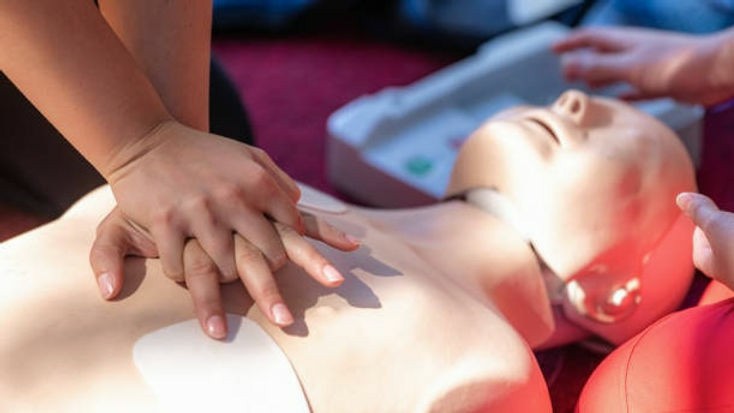


 349,500 Offered Certificates
349,500 Offered Certificates
 24/7 Online Training
24/7 Online Training
 Money Back Guarantee
Money Back Guarantee
 Fully Accredited Courses
Fully Accredited Courses

Created at: 25-02-2025 16:52
In today's fast-paced work environment, ensuring the safety and well-being of employees is not just a priority but a legal obligation. First Aid training and CPR certification are essential components of workplace safety protocols. This comprehensive guide discusses the importance of these skills in enhancing workplace safety, emergency preparedness, and compliance with health regulations.
Every workplace encounters unexpected emergencies, from minor injuries to serious health crises. Knowing how to respond can mean the difference between life and death. First Aid and CPR training equips employees with the critical skills needed to provide immediate assistance, thus enhancing overall workplace safety.
CPR (Cardiopulmonary Resuscitation) is a lifesaving technique used in emergencies when someone's breathing or heartbeat has stopped. Proper CPR techniques can be learned through specialized training sessions, typically covering:
As a fundamental aspect of First Aid, mastering CPR techniques enables employees to act decisively during critical situations, significantly enhancing workplace safety.
Many jurisdictions mandate that businesses provide a safe working environment, including adequate First Aid measures. Completing a First Aid Course helps organizations comply with these regulations, demonstrating a commitment to employee welfare. Regular training ensures that all staff members are current with the best practices and legal requirements, reducing risks associated with workplace injuries.
Effective First Aid training teaches employees practical skills that can be immediately applied during emergencies. Common components of practical training include:
These skills are critical for creating a safe work environment and equipping employees to manage emergencies effectively.
With numerous options available, choosing the right First Aid Course for your employees can be challenging. Consider the following factors:
Ultimately, the goal is to provide all employees with quality training that meets workplace needs and regulatory requirements.
Both online and in-person training have their advantages. Online First Aid courses offer flexibility and convenience, while in-person sessions provide hands-on experience and immediate feedback. Evaluate your team's needs and preferences when choosing the best format for training.
First Aid and CPR training is a critical investment in the safety and well-being of your workforce. Empower your employees with the skills to respond to emergencies confidently. Enroll your team in a certified First Aid & CPR training course today to promote a safer workplace and enhance emergency preparedness.
For more information or to register for a course, please contact us at [email protected].